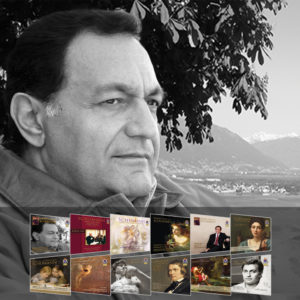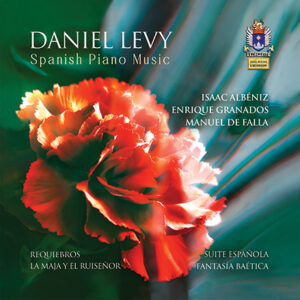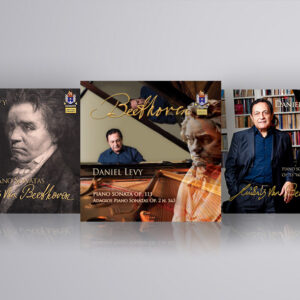€14.00 – €25.00
An album with masterful interpretations of Beethoven’s Piano Sonatas Op. 2 No. 3 in C Major and Op. 53 No. 21 “Waldstein” in C Major by Daniel Levy.
Description
BEETHOVEN PIANO SONATAS Vol. 3
Piano Sonata Op. 2, No. 3 in C Major
Piano Sonata Op. 53, N. 21 “Waldstein” in C Major
Daniel Levy, piano
EDEM 3401
FORMATS AVAILABLE:
CD, FLAC & MP3
Series: The Voice of the Piano
Recording location: Rosslyn Hill Chapel, London (UK)
Booklet Language: English and Italian
A Tribute to Beethoven
THE MAGIC OF DANIEL LEVY’S BEETHOVEN
By Bernard JacobsonWe have all, I’m sure, heard our share of performances in which all the notes were competently presented, but in which, to put it a trifle crudely, nothing seemed to happen. But then there are those performers who have the ability to tell us, even about a work we think we know as well as the “Waldstein” Sonata, something we had never thought of before. There is indeed all the difference in the world between just playing the notes and playing the music.
Daniel Levy, whose devoted admirer I have been ever since I first encountered his recordings a dozen years ago, is a triumphant embodiment of that latter group, rare in number, but all the more to be treasured for their rarity. This is a pianist who, within the space of the two CDs featured today, can illuminate for us not merely the vastness of Beethoven’s range but also the breadth of his own command of that range.
The “Waldstein” can serve to illustrate my point. Rather like the last act of Fidelio, this is music founded on an almost unwavering sense of sheer vibration. I have heard accounts of it that exploit that character in a sadly unvaried manner. But Levy’s playing of it never degenerates into the merely metronomic, and in the concluding rondo, which in less skillful hands can occasionally sound banal, his treatment of rhythm–his tiny moments of hesitation before a note or chord–makes for a musical language that is “full of thinking.” It belongs in the world of Furtwängler and of such underrated masters as Horenstein and Schuricht, revealing an affinity with the way Peter Pears and Ian Bostridge have illuminated their sung texts, not to mention the “music” of actors like Sir John Gielgud.and Jean-Louis Barrault.
The C-major Sonata that Beethoven composed in 1795 brings us immediately face to face with Levy’s gift for clarity of articulation and sparkling lightness of texture. There is also a vividness of rhythm that feeds on his profound sense of style; he never falls into the fallacy of imagining that, in the transition from baroque to classical style, what we call over-dotting suddenly disappeared from the language of music. Listen to the main theme of the sonata’s slow movement. and you cannot miss the way the combination of lengthened long notes and shortened short ones prevents any hint of tedium from emerging.
In the context of Beethoven’s last and greatest contribution to the piano-sonata genre, Levy’s conception is truly magical. We tend to think of this bipartite structure in terms of a relatively simple contrast between tempestuous intensity in the first movement and an ineffable tranquility in the second, which a English colleague I greatly admired once described as finally “depositing us gently on the edge of eternity.” Levy certainly doesn’t shortchange that contrast. But the weight of tone and intricacy of texture he brings to the Arietta make the unity underlying the whole work more complex and interesting than it usually seems.”
Additional information
| Weight | N/A |
|---|---|
| Dimensions | N/A |
| Format | CD, FLAC, Mp3 320 kbps |




















